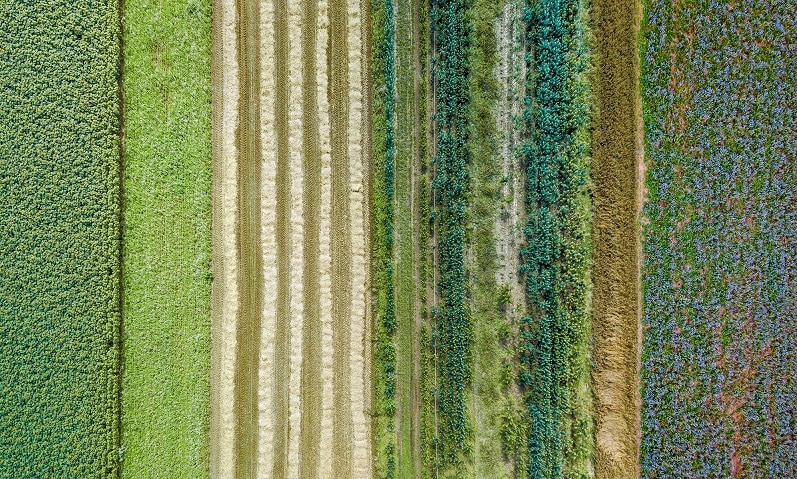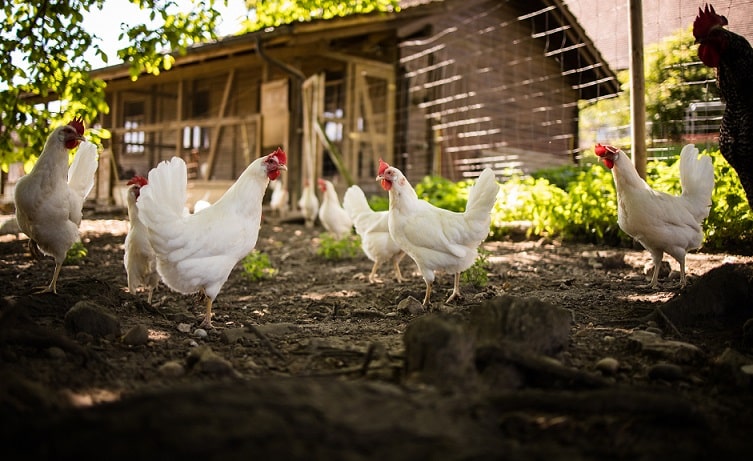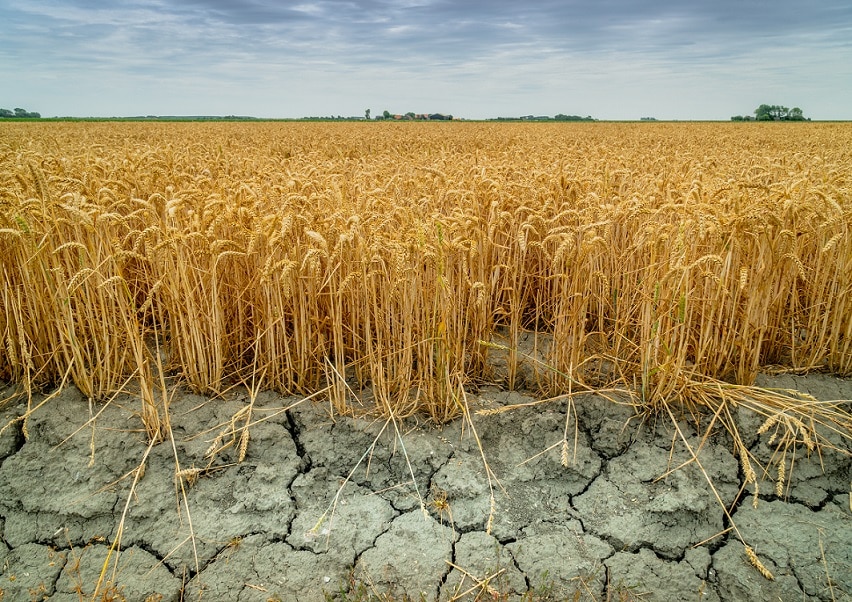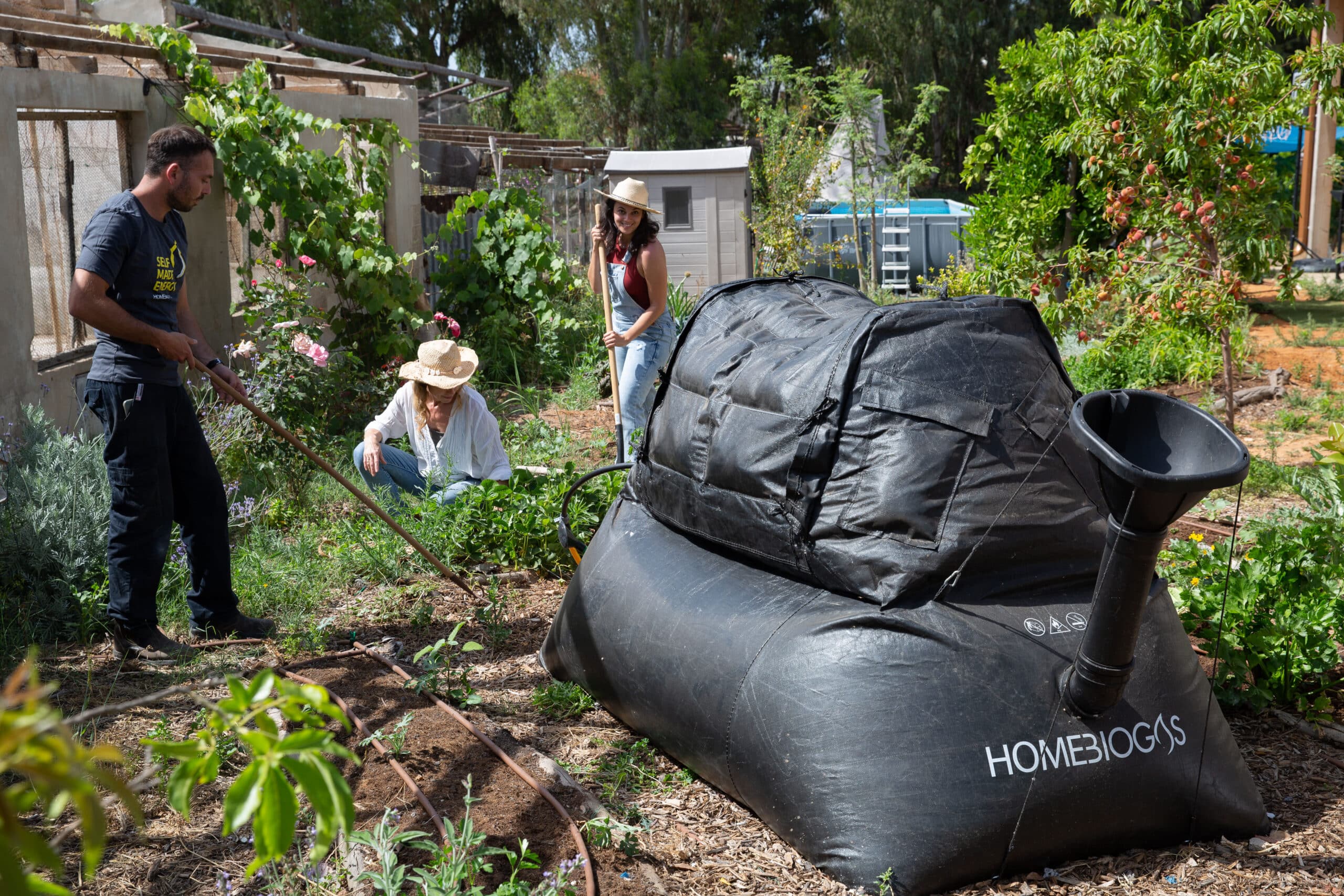
What is regenerative agriculture?
Regenerative agriculture can be defined as an alternative method of growing food with lower (or even positive) environmental and social impact than standard agriculture practices.
It includes multiple agroecology practices, including
- Agroforestry
- Compost application
- Green manure usage
- Organic production
- Fallows (resting soil for a year or more)
- Sustainable pasture management
Many of these activities are well-known indigenous practices that farmers can adapt to modern productivity requirements with the proper support.
The primary goals of regenerative agriculture are restoring degraded soil and improving overall soil health. Consequently, other elements improve, from air and water quality to land productivity.
These alternative practices also restore soil carbon content over time. That’s because healthy soil does a better job sequestering carbon, removing it from the atmosphere, and significantly impacting climate change. In fact, soil carbon management is one of the most cost-effective climate change mitigation options and could reduce between 15.12 and 23.21 gigatons of carbon dioxide equivalent by 2050.

Regenerative agriculture: does it really work?
Regenerative agriculture works if farmers, local authorities, and governments work together. Reaching regenerative agriculture efficiency requires an intensive study on the one hand and the right policy and financial instruments on the other. With proper support, sustainable, regenerative practices and land management can scale to become a global solution to combat climate change.
Farms are part of larger ecosystems, and agricultural activities must contribute in ways that simultaneously address productivity needs and establish regeneration cycles. For this to happen, regenerating farming practices must consider geographical and social requirements as part of a complex approach based on ecological thinking.
The results are worth the effort. Regenerative agriculture statistics have shown that switching to organic management practices could sequester more than 100% of current annual carbon dioxide emissions from human activities.
How about productivity? Can regenerative farming provide enough food for humanity? According to the Rodale Institute, it doesn’t happen in the first years, as yields tend to decline initially. However, after a transition period, there seems to be no difference in productivity between regenerative and conventional farming. Moreover, regenerative agriculture practices are more likely to perform during droughts than conventional farming thanks to the healthy, resilient soil that can absorb and retain more water.
Main types and farming practices of regenerative agriculture
Instead of following a standard set of practices, thriving regenerative agriculture must be guided by principles and outcomes. Even when growing the same crops as other farms, a regenerative farm must make management choices based on the frequency and local requests to consider the long-term impact on soil health.
The principles of regenerative agriculture aim to protect the soil and create regenerative systems that promote biodiversity above and inside the soil.
The five principles of regenerative agriculture and how to implement them in your garden:
- Reduce activities that can interfere with soil structure:
Tens of thousands of microbial species live in the soil and are essential to soil health. Invasive activities, such as tilling, threaten biodiversity and compact the soil over time. Minimizing soil disturbance improves soil health, which is necessary for storing and filtering water and providing nutrients to plants.
How to implement:
- Minimize tilling, as it can burst microbial activity and release too many nutrients for the plant to absorb at once.
- Use no-till and strip-till farming practices. Instead of digging, remove any debris and rocks and trim weeds to the ground. Cover the surface with a thick layer (10 cm/4 inches) of organic matter, such as compost, to suppress weed growth beneath by blocking light. This step also provides nutrient-rich material for roots to grow into.
- Cover the soil all year round:
By covering the soil, you maintain ideal soil conditions for plant growth and water infiltration, protecting the surface from rain, wind, and sun.
How to implement:
- Grow cover crops to protect and feed the soil between growing seasons, particularly nitrogen-fixing plants, such as beans (cream, black-eyed, or purple-hulled), soybeans, lupins, alfalfa, runner, cowpeas, or chickpeas.
- Use materials like foliage or cardboard as mulch to cover and protect the soil.
- Enrich the soil with compost, which increases soil carbon levels by feeding microbes.

- Increase crop diversity:
Various crops provide diverse and healthier food for humans and livestock. Moreover, increasing crop diversity changes the composition of the soil microbial community, which can increase crop yields by 15 to 35%, depending on the number of crops grown in a specific area.
How to implement:
- Practice crop rotation — grow various crops in the same area throughout several growing seasons.
- Replace mono-crops with intercropping (grow two or more crops in the same location) for more effective usage of nutrients and lower insect and disease susceptibility.
- Plant trees or shrubs around or among crops or pastureland (agroforestry).
- Maintain live roots in the soil all year:
The soil doesn’t need to rest between crops — the opposite is true, actually. Cover crops and perennial plants collect solar energy, rebalance soil nutrients, protect against erosion, and counter soil compaction issues.
How to implement:
- Plant winter crops, such as beets, radishes, celery, cabbage, broccoli, Brussels sprouts, carrots, collards, green onions, kale, leeks, parsnips, or spinach.
- Grow perennials, such as berries, rhubarb, globe artichokes, garlic, or horseradish.
- Integrate livestock:
This “unofficial” principle of regenerative agriculture empowers an autonomous regenerative farming system. It helps with weed control and transforms biomass into manure, which can then be used to fertilize new crops.
How to implement:
- Bring livestock on your farm/garden temporarily to help with weed control.
Advantages of regenerative agriculture
- Regenerating farming practices improve soil health. Its principles and best practices aim to prevent soil degeneration and strengthen its structure, texture, porosity, and chemistry.
- They lower water consumption rates for agricultural needs by increasing the soil’s ability to filter and retain water.
- Regenerating farming significantly impacts climate change, directly influencing the soil’s capacity to sequester carbon.
- Regenerative agriculture supports soil biodiversity by supporting the microorganisms, fungi, and bacteria that live in the soil.
- It rebuilds biodiversity among plants and animals.
- It can increase crop resilience and overall yield productivity, especially during drought, as a direct consequence of improved soil health.
Regenerative farming vs. conventional farming
Regenerative agriculture and its benefits are nothing new — farmers have long farmed following these principles. What’s new is the scientific validation of regenerative farming by comparing its results with conventional practices. Global trials around compare these types of agriculture by analyzing crop yield, drought impact, and carbon sequestration to understand the implications of the worldwide adoption of regenerative agriculture practices.
Crop yield
After an initial transition time when crops are likely to decline, a regenerative farm will register the same productivity levels as a conventional one.
Moreover, new studies have revealed that regenerative farming practices affect food’s nutritional content. Soil-building techniques that minimize soil disruption result in healthier food in the long run. That’s because less soil disruption (from minimizing tilling) means soil particles are no longer broken apart, providing an environment where microorganisms can thrive. Therefore, crops get access to better nutrients that end up being consumed by people and livestock.
Food grown using regenerative practices are rich in magnesium, calcium, potassium, and zinc. Furthermore, they also provide more vitamins, including B1, B12, E, and K, while containing fewer harmful elements to human health.
Drought impact
Degraded soil reduces the ecosystem’s ability to provide water and nutrients to plants and interferes with the soil’s nutrient web. Moreover, the lack of soil biodiversity leads to weak soil structure, which causes flooding, erosion, and low productivity.
Water can’t penetrate the soil, so the rain follows, transporting significant amounts of minerals to groundwaters.
Consequently, the soil can’t maintain moisture to support plant growth during a drought. Plants will be stressed, and yields will drop significantly.
On the other hand, soils with higher porosity route water more efficiently during floods and retain more for plants, which increases drought performance in the long run. For every 1% increase in soil organic matter, the soil improves its ability to hold water by 20,000 gallons per acre.
When it rains on a healthy field, water can infiltrate rather than run off, reducing erosion and the need for irrigation while increasing the crops’ resilience during a drought.

Carbon sequestration
The organic carbon content is an indicator used to measure soil organic matter, a crucial soil component directly impacting soil quality, functions, and fertility. The more the soil deteriorates, the lower its ability to store carbon, contributing to climate change.
Soil erosion is estimated to be the second largest source of anthropogenic greenhouse gas emissions. Regenerative agriculture aims to improve instead of destroying the soil to maintain its ability to sequester carbon. It’s an environmentally friendly approach to agriculture that promotes innovation for social and economic well-being without threatening ecosystems.
Soil carbon sequestration through regenerative agriculture is an immediate, scalable solution to global warming. In other words, agriculture can become a way to reduce greenhouse gasses from the atmosphere instead of generating more emissions if farmers follow regenerative farming principles.
HOMEBIOGAS: SOLUTIONS FOR REGENERATIVE FARMING
HomeBiogas systems enable sustainable agriculture practices through which you increase your farm’s productivity with fewer resources and without depleting your soil.
HomeBiogas biodigesters produce organic Bio-fertilizer and cooking gas from waste, helping you to:
- Keep organic matter from landfills and reduce greenhouse gas emissions.
- Convert waste into clean energy for cooking to reduce your carbon footprint further.
- Produce nutrient-rich, organic Bio-fertilizer to nurture the soil and eliminate the need for chemical substances.
HomeBiogas systems come in various sizes, suitable for multiple lifestyles and farm sizes, so you produce what you need for a self-sufficient, environment-friendly life.

Final thoughts
Conventional farming has a significant environmental impact, including soil erosion, water pollution, and deforestation. Furthermore, it heavily relies on chemical inputs such as synthetic fertilizers and pesticides, which can further damage the environment and threaten biodiversity.
Regenerative agriculture can change that and become a key element in countering climate change by restoring soil health and supporting biodiversity. Since regenerating farming principles aren’t new, some farmers are already actively working on transitioning to sustainable systems. At scale, the shift from conventional farms to regenerative agriculture can reduce soil destruction for long-term positive outcomes.






